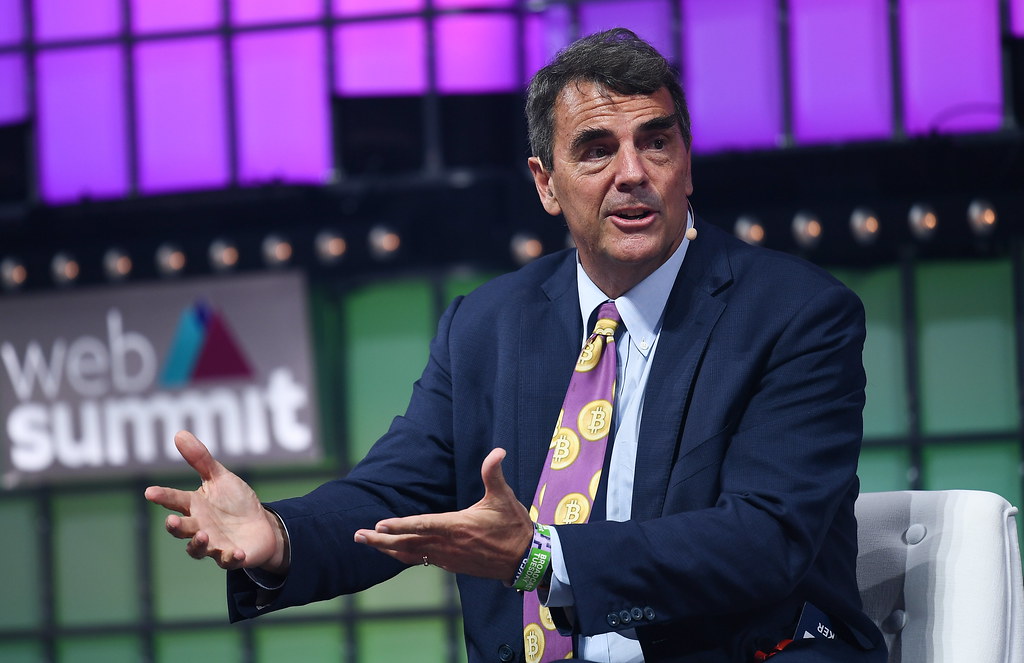It has been reported the fact that Celsius is waiting to unstake about $470 million worth of ETH. Here are more details about this move below.
Celsius to unstake a huge amount of ETH
The now-defunct cryptocurrency lending platform, Celsius, is set to sell around $500 million worth of Ethereum (ETH), as per on-chain data.
The platform used to offer customers yield on their crypto deposits, but it collapsed after it was accused of mishandling customer assets.
The founder, Alex Mashinsky, was arrested and charged with fraud. Celsius is now liquidating its remaining assets to compensate its customers.
The platform announced via social media that it has initiated the unstaking process for its Ethereum holdings, which it had been using to generate income for its estate over the last 18 months.
“In preparation of any asset distributions, Celsius has started the process of recalling and rebalancing assets to ensure ample liquidity
Celsius will unstake existing ETH holdings, which have provided valuable staking rewards income to the estate, to offset certain costs incurred throughout the restructuring process.
The significant unstaking activity in the next few days will unlock ETH to ensure timely distributions to creditors.
As a reminder, eligible creditors will receive in-kind distributions of BTC and ETH as outlined in the approved Plan.”
Nansen, a blockchain analytics platform reports that Celsius is currently waiting to unstake a total of 206,319 ETH, which is worth nearly $470 million.
Last year, a judge approved a new plan from Celsius that aims to generate funds for a new mining and staking corporate spinoff. This spinoff is designed to repay creditors.
The company will be called “NewCo” and will have a balance sheet of $1.25 billion, out of which $450 million will be liquid crypto.
As stated in the court documents signed by Bankruptcy Judge Martin Glenn,
“NewCo intends to stake some or all of this liquid cryptocurrency to earn staking yields on the Ethereum network, which would generate anywhere from $10 to $20 million per year.”











